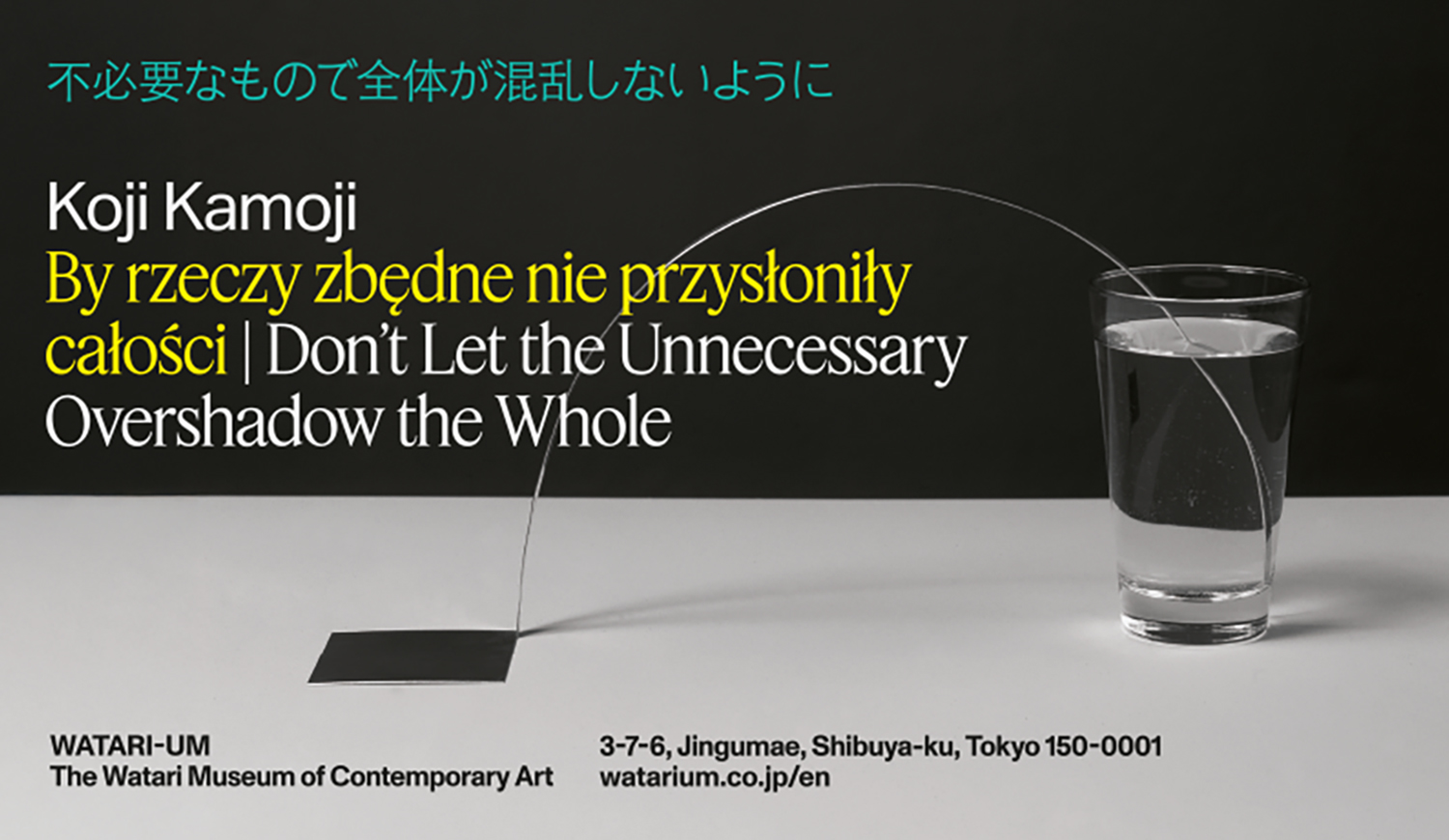EXHIBITION
My work
What is the right position?
Searching for the right position.
Returning to the act of searching.
Perhaps it is the most important thing in my work.
It was around 1970─I was struggling with the question of how to transfer the existence of stone to the flat surface of a painting. Sitting in front of a fairly large white canvas propped up against the wall and a stone, I was searching for a particular, single point that would correspond to the existence of this stone, putting different points on the canvas by using a pencil. Searching for this single point was the only thing I did at that time as my work. One day I moved it 2-3 cm to the right, then to the left. I was searching for the position of the point that corresponds to the big stone I thought was correct. Then on another day, I drew a vertical line that passes through this single point. For me, this particular point seemed to be the clue for expressing the existence of this stone as well as the air and the space that surrounded the stone. The four works created in this way were exhibited at the Foksal Gallery in Warsaw, and I named them Two Poles.
The four works were born as the opposite poles of the stone placed on the floor of the gallery, but it would be impossible to objectively prove if it was successful or not. However, I think that since then, searching for the right position has become the single purpose of my work.
All the works that are presented here have been born out of the same purpose, in the process of searching for the right position. For me, works are my reception of the existence of the stone, and I would say it is the collective body of my feelings. The vertical line is the direction of mental concentration.
Aiming at transparency
and simplicity
not letting the unnecessary overshadow the whole.
A certain day in 2025
Koji Kamoji
This is the first major exhibition in Japan of Koji Kamoji, who is based in Poland and turns 90 this year. 20 paintings, 9 sculptures, 80 drawings, and 3 installations created from the 1960s to the present day are on display in this small retrospective exhibition of Kamoji's work, which is organized by Zachęta – National Gallery of Art and the Adam Mickiewicz Institute in Poland.
Kamoji’s works often contain elements that evoke his personal experience. For example, elements related to the space, air and water that he experienced during a long boat trip to Poland in the late 1950s, and even a regression to the tragic suicide of his friend are expressed in his works.
On the other hand, Kamoji also refers to the origins of European abstract painting and exploration of spirituality in art. Spiritual aspects including repetition in production, thorough concentration and minimalism can be seen in his works.
The works are the result of the artist’s desire to touch the essence of life, things and the world. His practice to express the infinity of space, the nature of water, and air can be said as an attempt to intuitively understand the essence of nature.
The installation work, Draught (1975), in which simple holes are punched in a hung Japanese paper, represents time and space. It signifies the passage of time and connects to the Japanese concept of “as it is”. This is an expression unique to Kamoji, who has worked at the crossroads of various cultures.
Kamoji says, “Aiming for transparency and simplicity, not letting the unnecessary overshadow the whole.” We wonder what kind of presence Kamoji's works will have at WATARI-UM in Tokyo in 2025.
WORKS
-
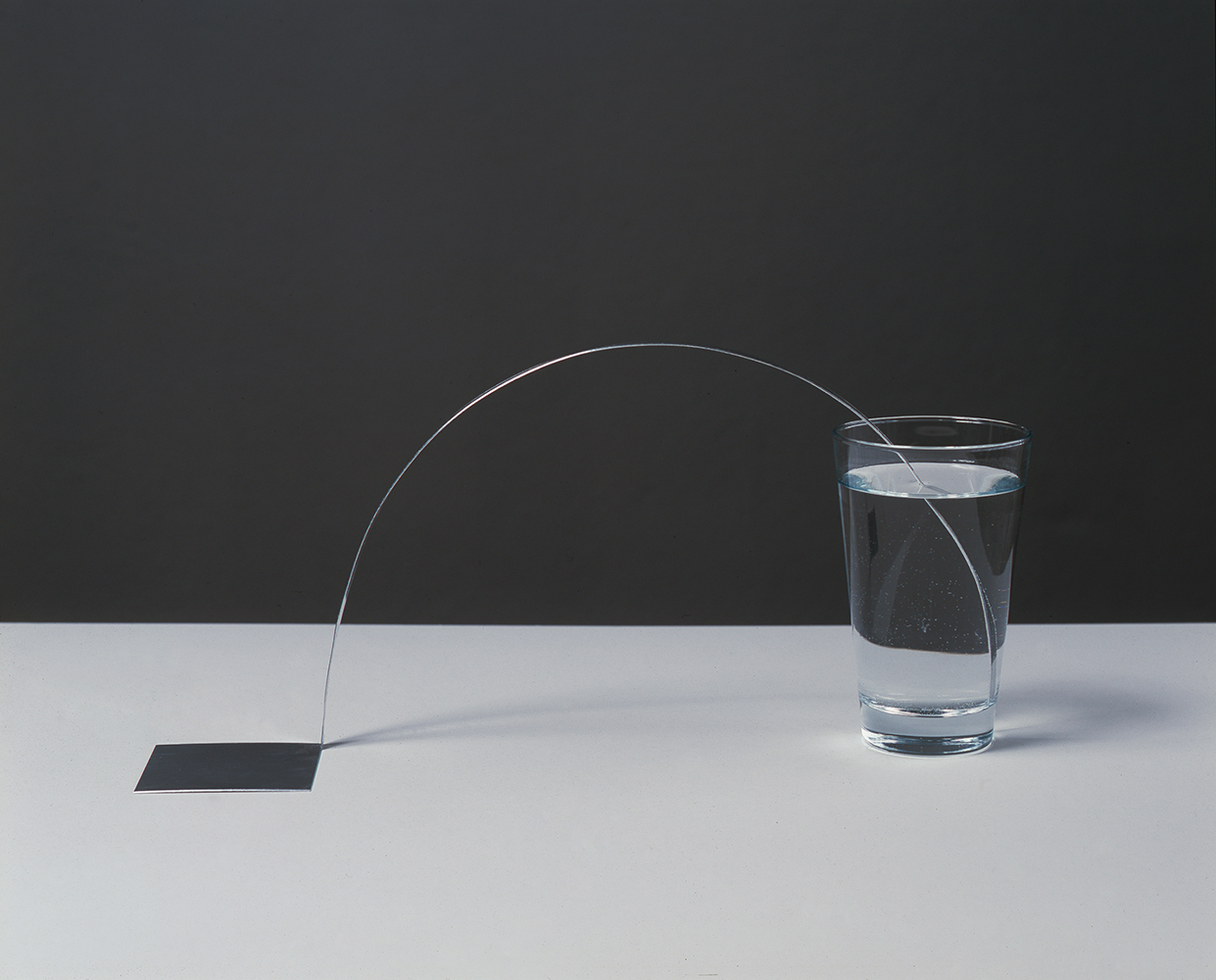
Still Life, 2003/2013, glass of water, aluminium sheet, property of the artist [*]
-
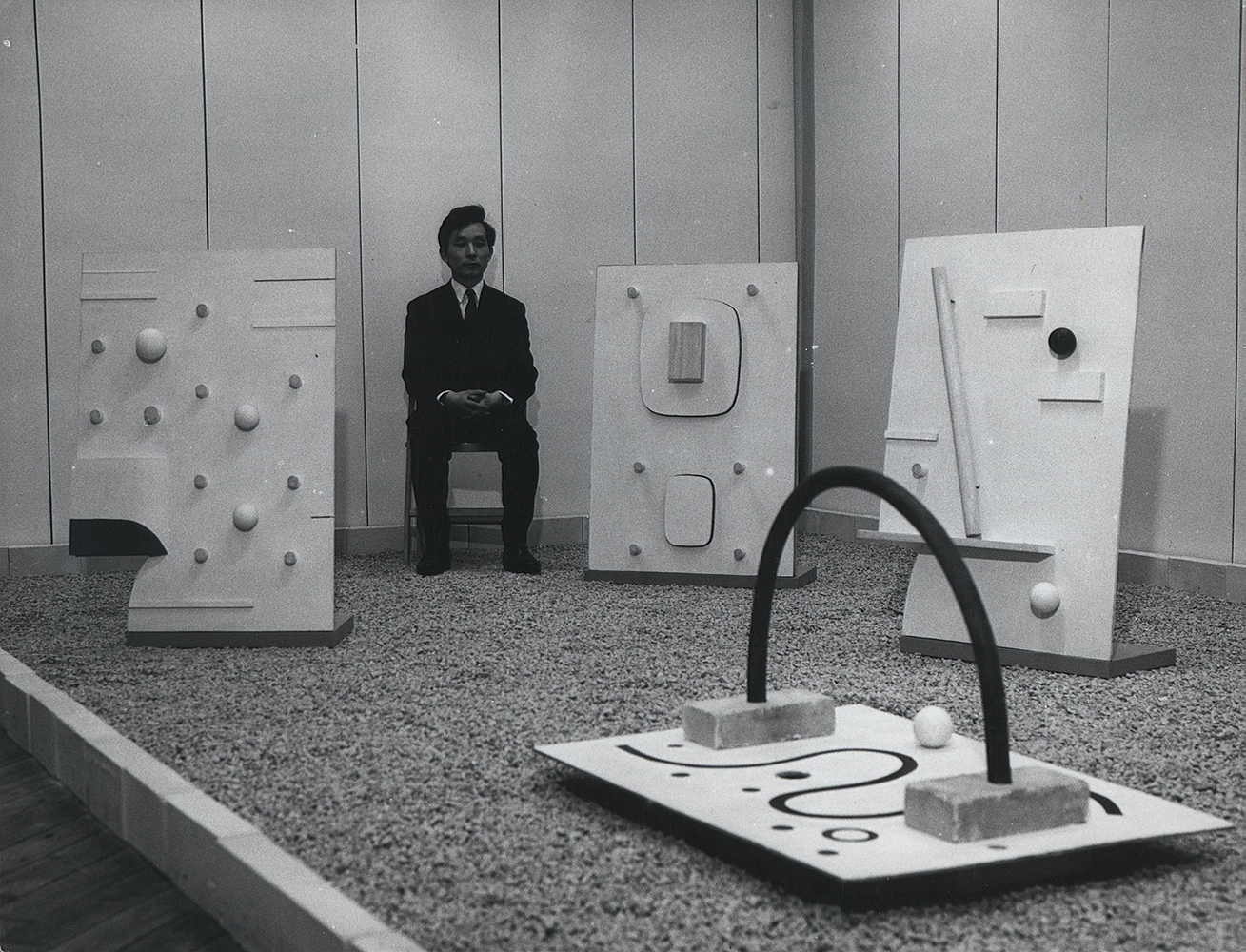
Koji Kamoji, first solo exhibition at Foksal Gallery, Warsaw, 1967
-
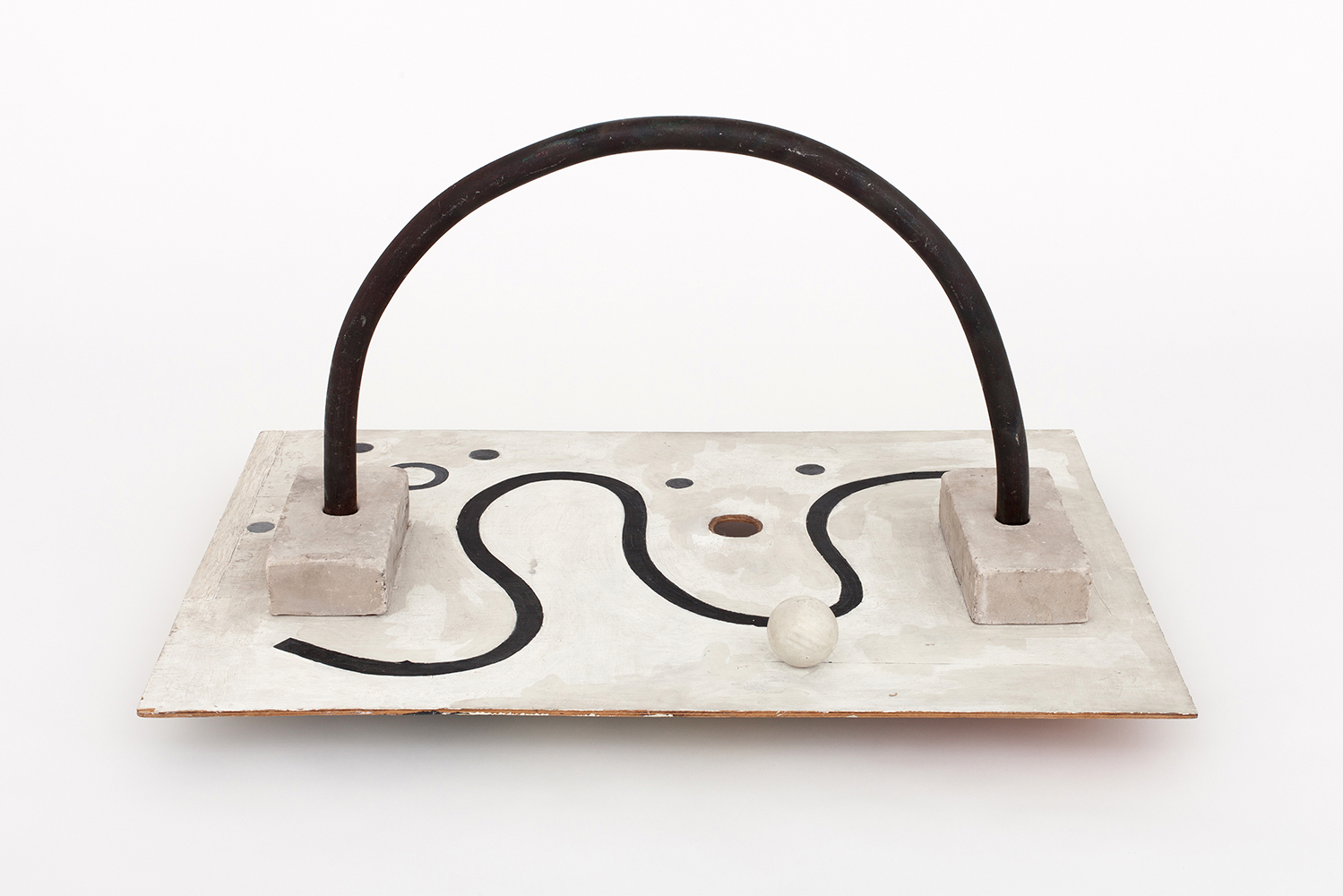
Rainbow, 1965, oil, wood, metal, plywood, bricks, property of the artist [**]
-
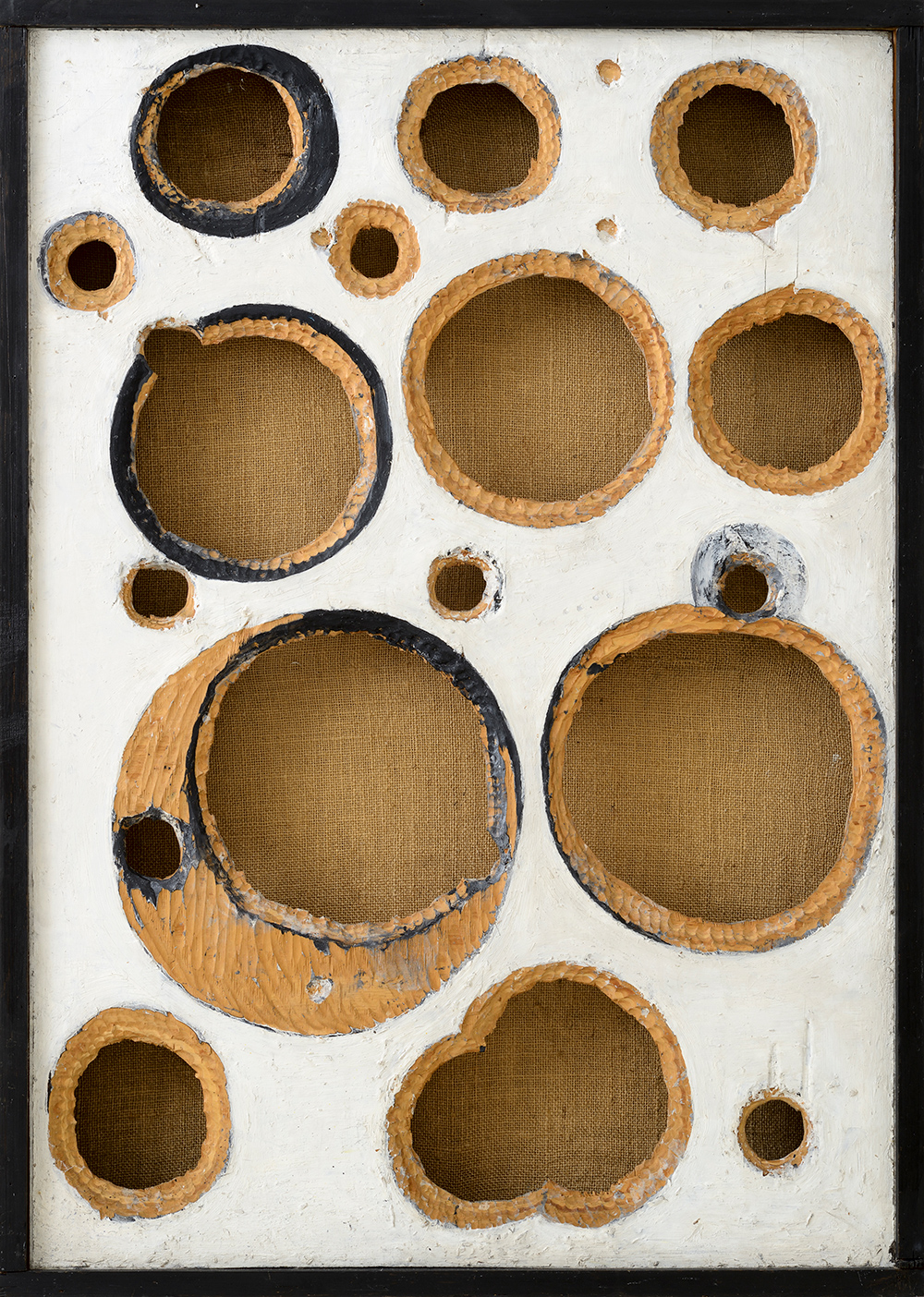
For a Temple Wall, 1967, oil, plywood, wood, coll. Studio Gallery, Warsaw [**]
-
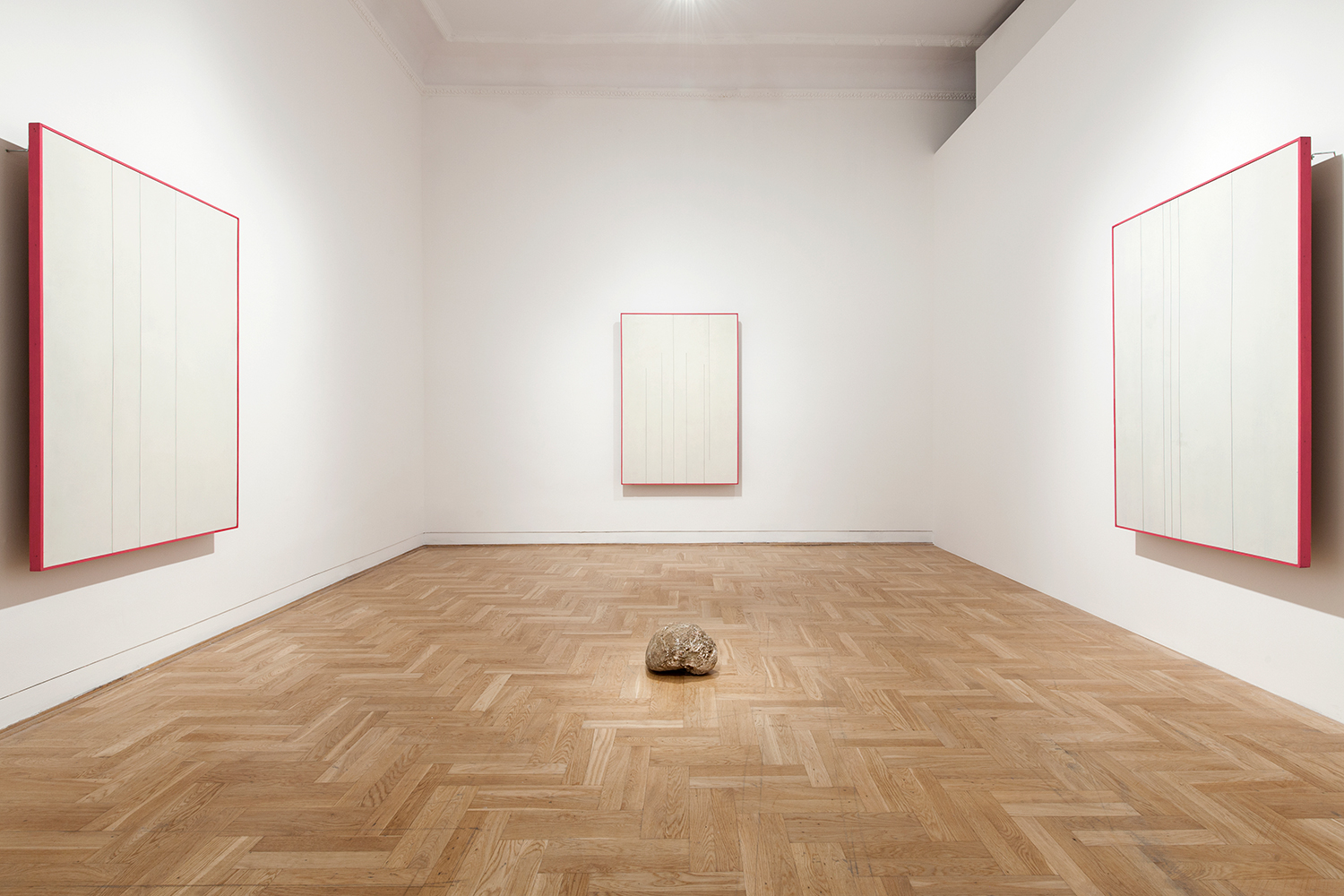
Dwa bieguny (Two Poles), 1972, installation, Museum of Fine Arts, Lodz [**]
-
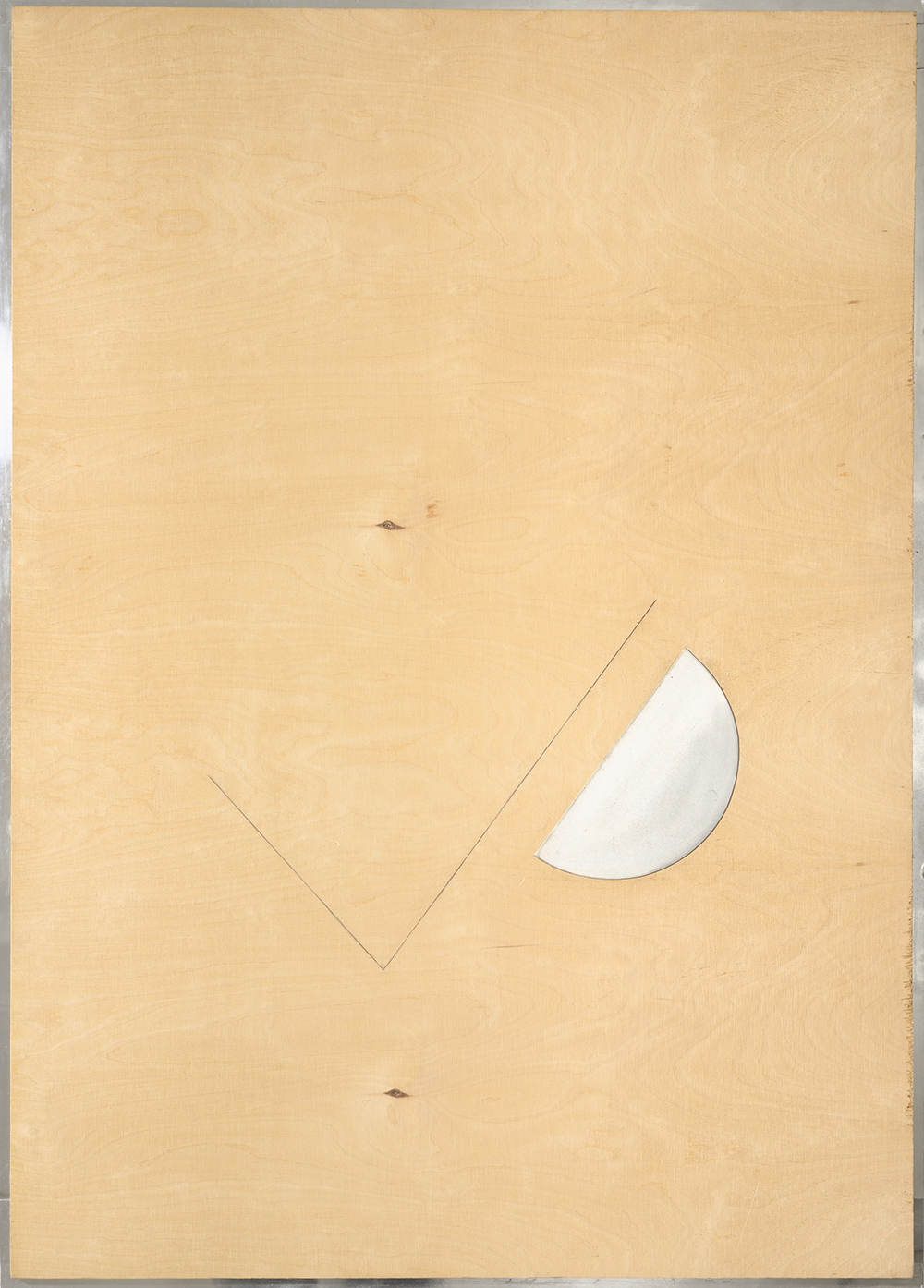
Sasaki’s Moon, 1995, pencil, electric wire, plywood, aluminium sheet, Muzeum Sztuki Łódź [*]
-
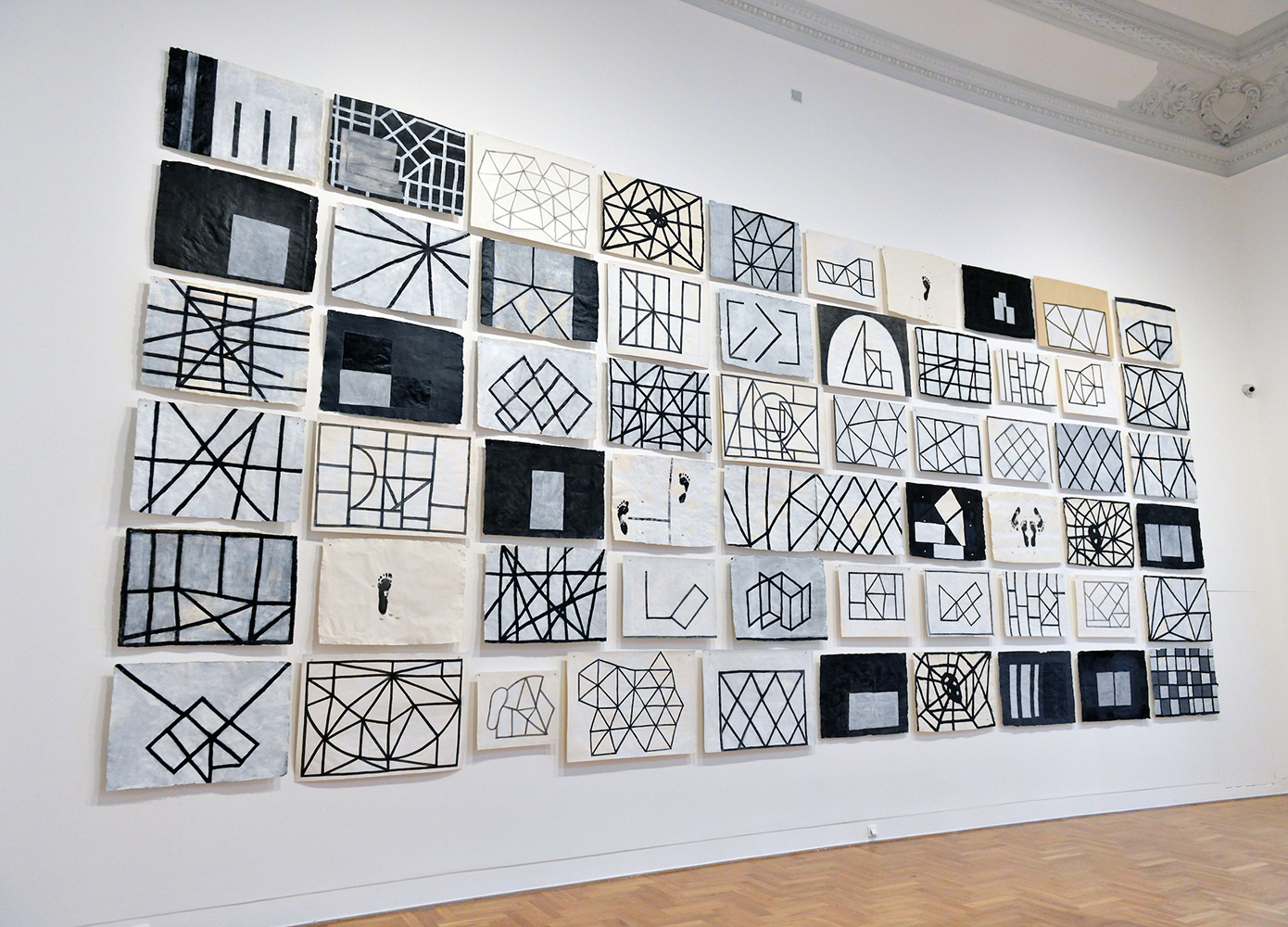
Drawings, 2011-2018, chinese ink, acrylic paints, stones, paper, property of the artist [***]
-
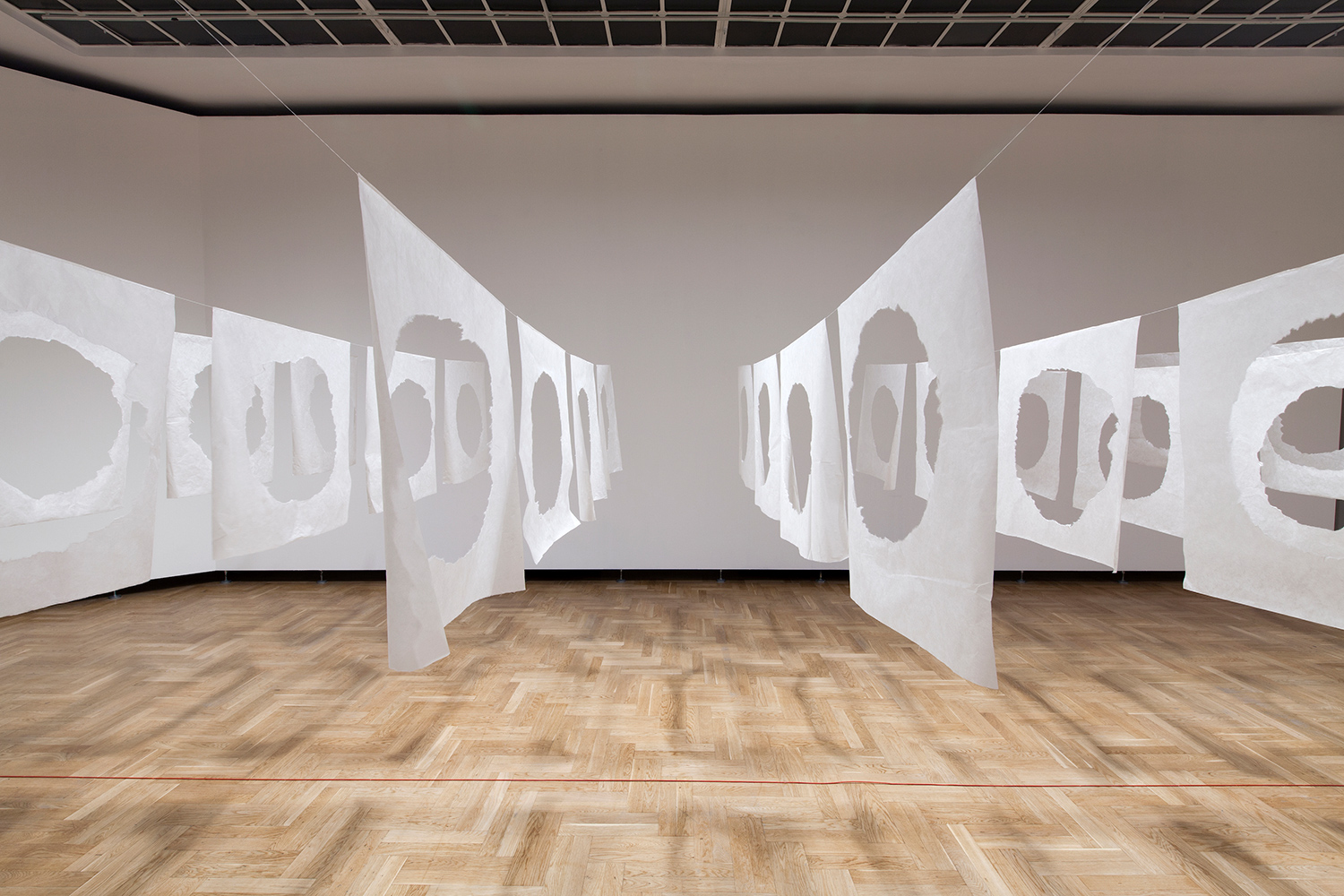
Draught, 1975, Japanese paper, black thread, property of the artist [**]
-
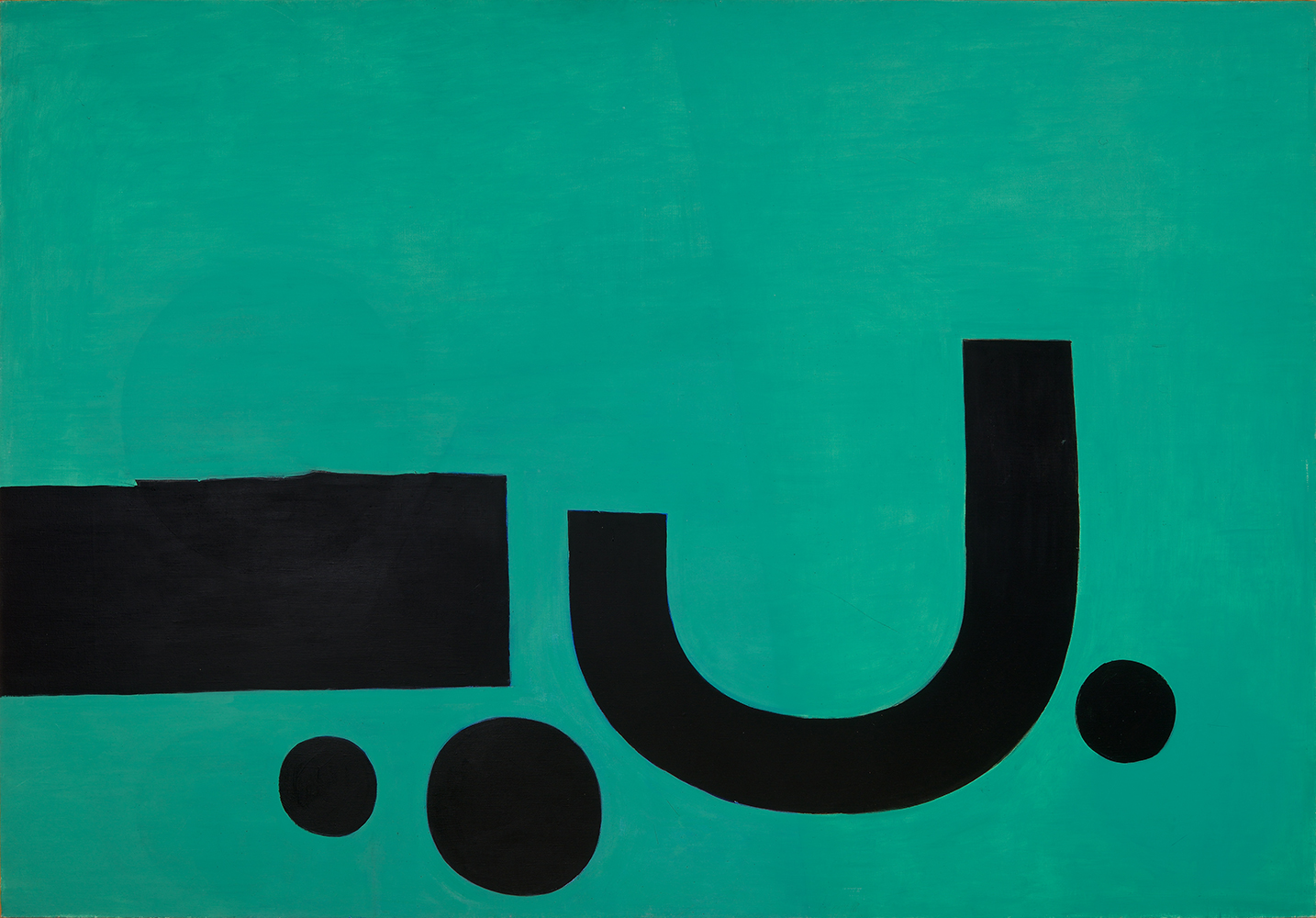
Under Water, 1992, acrylic on canvas, Upper Silesian Museum in Bytom [*]
-

Night Rain, 1992, acrylic on canvas, Upper Silesian Museum in Bytom [*]
-
[*] photo: Hans-Wulf Kunze
[**] photo by Maciej Landsberg
[***] photo by Marek Krzyżanek
PROFILE
-
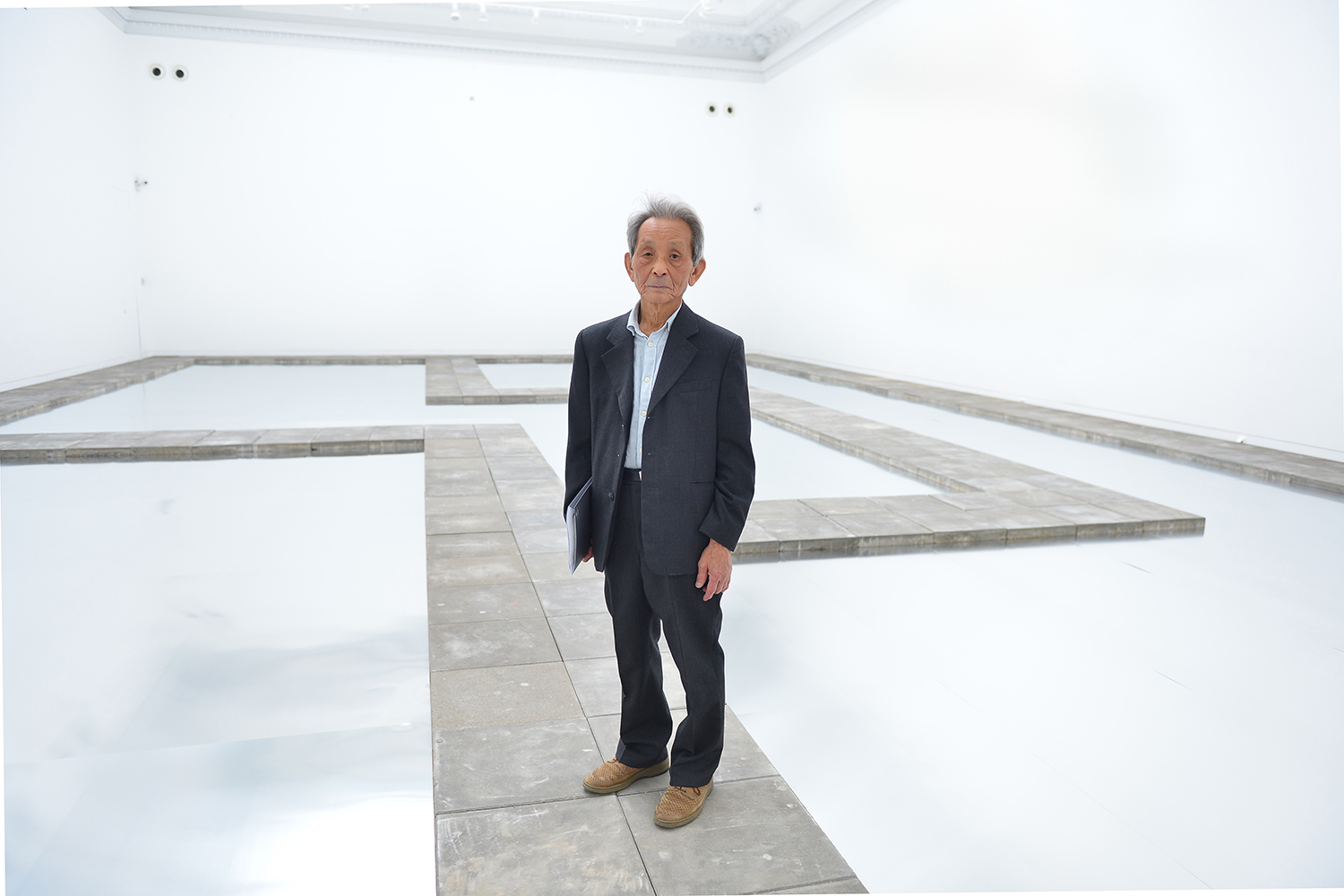
Koji Kamoji standing against the backdrop of the installation ‘The Will to Live’ (Zachęta - National Gallery of Art, 2018), photo by Marek Krzyżanek
- Koji Kamoji
Born in Tokyo in 1935. Studied under Saburo Aso and Takeo Yamaguchi at the Musashino Art University from 1953 to 1958.Inspired by his uncle, Ryochu Umeda (East European historian, translator of Polish literature, and Japanese teacher at the University of Warsaw) he decided to study in Warsaw. In 1959, went on board to Poland. The sense of space, water and air that he felt during the two-month voyage had a great influence on Kamoji’s later works.
Enrolled in the Academy of Fine Arts in Warsaw in 1960. Began studying under a famous painter Artur Nacht-Samborski and graduated in 1966. Held his first exhibition with Leszek Walicki at the Krzysztofory Gallery in Krakow. In 1967, after graduating, he began his career at the legenday Foksal Gallery (founded in 1966) and his practice played an important role in the historical development of Polish contemporary art.
Zachęta – National Gallery of Art
Zachęta – National Gallery of Art is an institution whose mission is to popularise contemporary art as an important element of socio-cultural life. A place where the most interesting phenomena of 20th and 21st century art are presented. The gallery stages temporary exhibitions. Zachęta also has an impressive collection, which consists of almost 3700 works in the field of painting, sculpture, installation, video, graphics and performance. For over 70 years, Zachęta's task has been to supervise and organize exhibitions in the Polish Pavilion in Venice at the Art Biennale and the Architecture Biennale — one of the most important art reviews in the world.
www.zacheta.art.pl
The Adam Mickiewicz Institute
The Adam Mickiewicz Institute (IAM) connects Polish culture with global audiences. As a state institution, IAM nurtures long-term interest in Polish culture and the arts, bolstering the presence of Polish artists on the international stage. It initiates innovative projects, supports cross-border collaboration, and promotes both acclaimed and emerging Polish creators, showcasing the diversity and richness of the country’s cultural landscape. IAM also manages Culture.pl, a comprehensive online resource on Polish culture.

